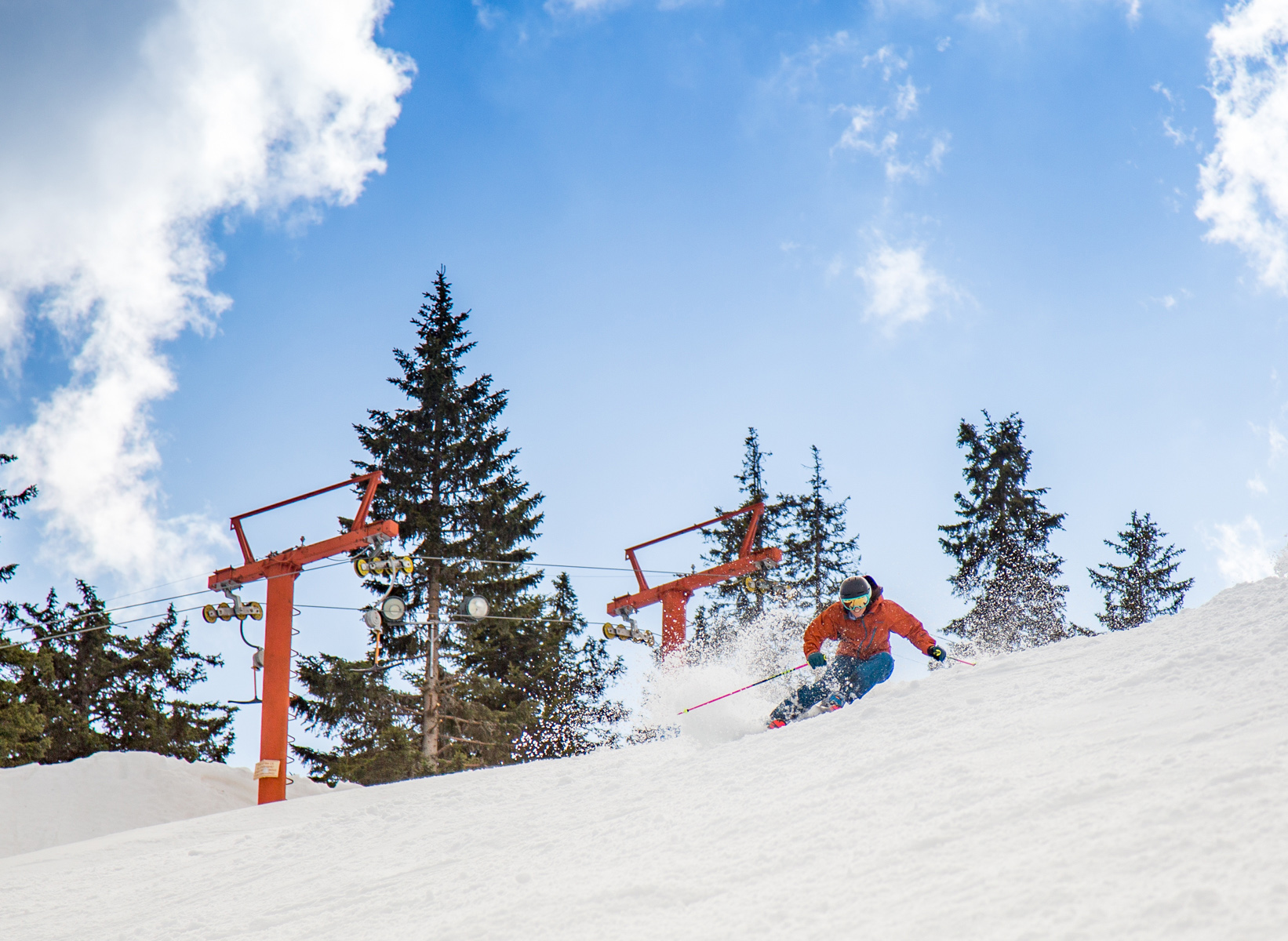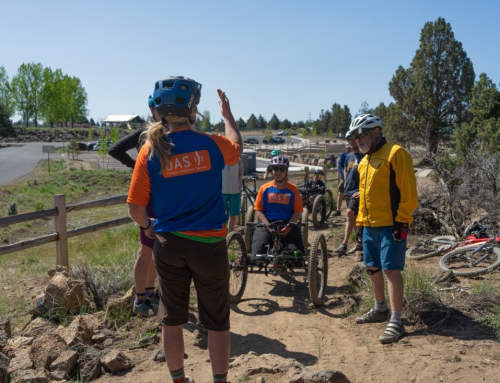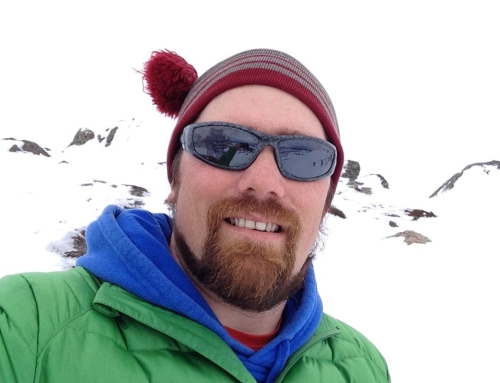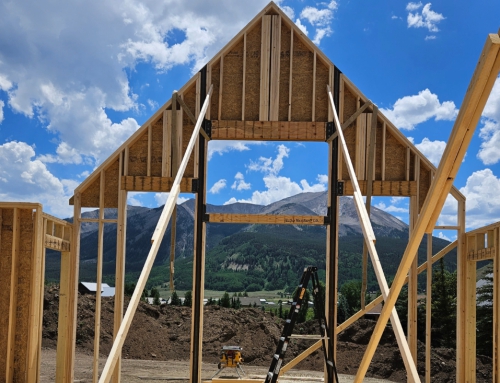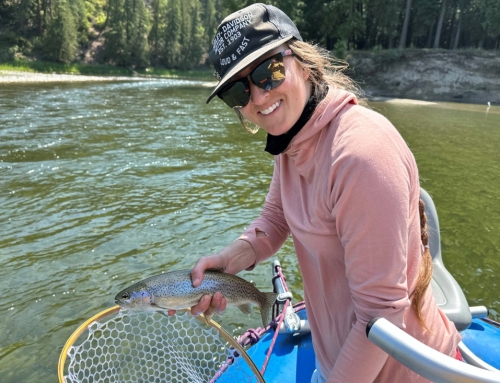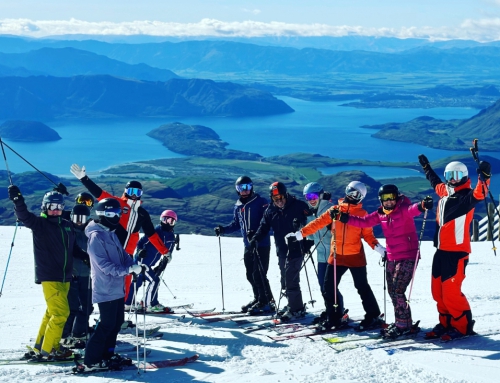Cause-and-Effect Correction: How to Stop Ski Chatter
Chattering skis are unpleasant. They decrease the skier’s sense of control, diminish their confidence, and potentially even ruin a day of skiing. To help your students smooth out their turns, review these causes of ski chatter and some ways to reduce it.
Why Skis Chatter
The same things are involved every time skis chatter. Individually, these components aren’t always problematic, and they can even be beneficial; but add them all together and the skier may need to check their fillings at the bottom of a jarring run.
The engaged edge of the outside ski will not skid. While this is helpful in a carved turn, it’s less ideal if the skier intends to decelerate at the end of a turn. When the skis refuse to skid, the culprits include overly high edge angles, overly sharp edges, and/or grippy snow.
When these three components combine, the loaded ski will first force the snow to give way and the ski will break loose. Next, because of the grippy snow, sharp edges, and high edge angles, the skis will grab the snow. This in turn generates the first jolting sensation, before the force causes the skis to break loose again. And so on. The chattering will continue until the start of the next turn.
Coaching Cues to Fix Ski Chatter
In order to decrease chatter, the skier must decrease the forces pushing against the skis in the finishing phase of the turn. There are a few ways to do this:
Reduce edge angle in the finishing phase of the turn, so that the skis skid instead of skip. A skidding ski will not chatter. This option is the simplest and will still provide speed control as skis move across the fall line.
Encourage students to move their CM across their skis, even as they continue their arc in the finishing phase. When the skis do not interrupt downhill movement of the CM, there is less pressure against them. The skis can continue their path uninterrupted, while the skier moves downhill gracefully. This is the more challenging and arguably more elegant option. In order to achieve this, some speed control must occur earlier the turn.
Try troubleshooting. If neither solution works, take a look at the skis. In some cases, specific ski tunes or flaws can make skidding impossible, causing the ski to feel “railed.” Encourage your student to talk to a qualified ski tech or knowledgeable friend to explore these options. Best of luck in helping students tackle their chattering adversaries and enjoy some smooth turns!
This article, by Ann Schorling, originally appeared in the Fall 2019 issue of 32 Degrees. Log in now to the online version to access other great content that will up your instructor game.
Schorling is a current member of the PSIA-AASI National Team. She works as an Intermountain Division examiner, and teaches full-time at Jackson Hole, Wyoming.

